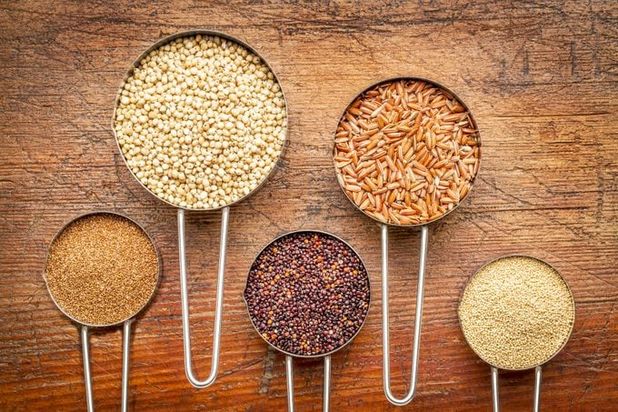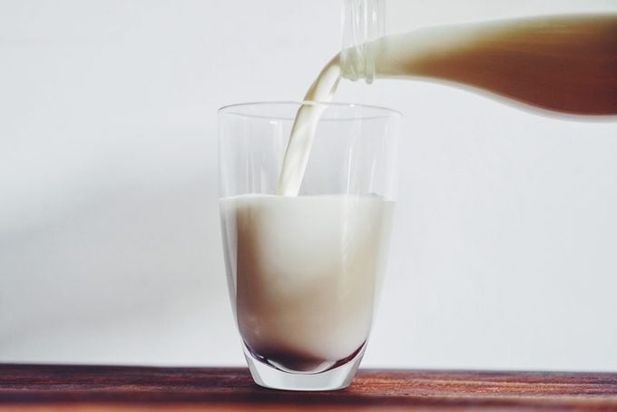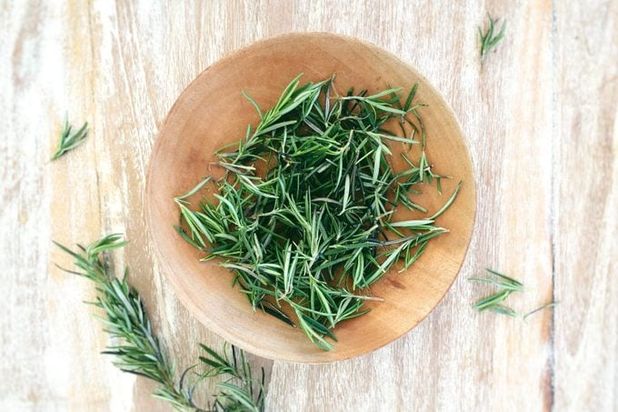Top Foods to Reduce Sodium in Your Diet
Eating a low-sodium diet has several important health benefits. Even reducing your sodium intake by a small amount can lower your blood pressure over time. Less sodium can also reduce your risk for heart attack and stroke. When our bodies receive too much sodium, extra fluid is pulled into the bloodstream. This increased volume of fluid puts stress on the blood vessels and causes them to harden over time. This causes the heart to have to work harder to pump blood throughout the body. By cutting back on sodium, you can help take strain off your heart and blood vessels. That’s where it’s important to know the best foods to reduce sodium.
If your doctor has recommended reducing sodium in your diet, you may have removed the saltshaker from your table. While that is a helpful change, most of the sodium we eat does not come from table salt. According to the American Heart Association, about 70 percent of the sodium that Americans consume comes from processed foods. The best way to control sodium in your diet is to cook fresh food at home.
Know Your Labels
To better understand your sodium intake, look at the labels on the foods you eat regularly. The American Heart Association recommends limiting your sodium intake to less than 2,300 milligrams per day. Foods that contain 400 milligrams of sodium or more in a serving are considered high in sodium and should be avoided. Low-sodium foods contain less than 140 milligrams of sodium per serving.
Most of us don’t realize just how much salt we’re taking in. Experts at the American Heart Association estimate that the average American eats more than 3,400 milligrams of sodium each day.
Foods to Reduce Sodium
While cutting back on sodium may feel challenging at first, know that it is well worth the effort. It’s also helpful to understand that our taste buds can adjust over time. This means that if you cut down on salt in your diet, your food may taste bland at first but will improve as you go. Here are some foods to reduce sodium in your diet.
Fruits and Vegetables
Fruits and vegetables are a key part of a healthy diet. These foods are naturally low in sodium and rich in vital nutrients. They also make delicious low-sodium side dishes.
When cooking vegetables, add a pinch of salt and taste as you go. Usually a little salt on roasted veggies goes a long way.
If you’re saving time with frozen or canned produce, keep an eye on the sodium levels. Look for labels that say “low sodium” or “no salt added.” Before preparing canned vegetables, rinse them in the sink to wash away any salty preserving liquid. For frozen veggies, avoid products that come in salty sauces like cheese or cream.
Whole Grains
 marekuliasz/Getty Images
marekuliasz/Getty Images
Whole grains are an important part of a heart-healthy diet and are loaded with fiber and good-for-you energy. Look for whole grains that contain less than 5 percent of your daily value of sodium. The nutrition label will have this information. Avoid products that contain more than 20 percent of your daily sodium, as this is considered high.
Healthy whole grains to add to your diet include:
- Brown rice
- Quinoa
- Barley
- Oatmeal
- Popcorn
- Whole-wheat bread, pasta, couscous, tortillas, bagels and English muffins
Lean Proteins
Lean, unsalted proteins are naturally low in sodium. Look for meat and poultry that has 5 percent or less of your daily sodium. Most unseasoned meats contain about 100 milligrams of sodium in a four-ounce serving.
- Poultry (without added broth or saline; and skinless means less fat)
- Seafood
- Unsalted nuts
- Eggs
- Beans (cooked from dry or rinsed from the can)
- Lean cuts of beef or pork
Dairy Products
 Stephan Dötsch /Getty Images
Stephan Dötsch /Getty Images
Dairy is a good source of protein and can be part of a low-sodium diet.
- Fat-free or low-fat dairy products
- Milk
- Yogurt
- Reduced-sodium cheese
Healthy Fats
Fat is an important part of a healthy diet. Look for low-sodium, plant-based sources.
- Vegetables oils, such as olive, canola, sunflower, safflower, peanut and corn
- Unsalted butter (in moderation)
Fresh Seasonings
 Martina Gruber/Getty Images
Martina Gruber/Getty Images
Forget salty seasoning packets and pump your foods with natural flavor.
- Fresh herbs
- Ginger
- Garlic
- Onions
- Scallions
- Lemon or lime juice
- Vinegar
Foods to Avoid
When watching your sodium intake, it’s best to avoid processed or packaged foods as you are able. These usually contain high levels of sodium and sugar.
- Cured meats
- Frozen entrees
- Frozen pizza
- Canned soups and stews
- Canned tomato sauce
- Marinades and soy sauce
- Ketchup and mustard
- Cheese spreads
- Crackers and chips
- Prepackaged mixes for potatoes or rice
- Pancake mixes
- Olives and pickles
- Salted butter and margarine
- Taco seasonings and spice packets
Get started in the kitchen with these simple and flavorful low-sodium recipes.